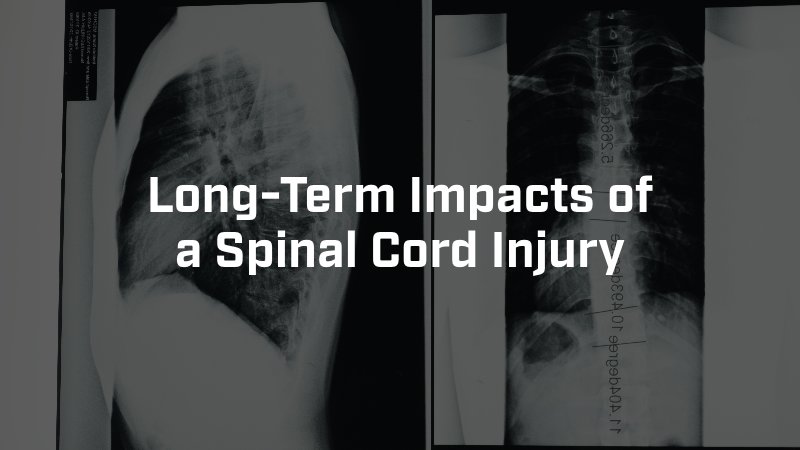Spinal cord injuries occur in a wide variety of ways. In fact, according to the National Spinal Cord Injury Statistical Center (NSCISC), estimates show that there are nearly 18,000 new spinal cord injury cases arising each year in this country and that there are currently around 300,000 individuals living with a spinal cord injury. The long-term impacts of a spinal cord injury go far beyond basic health complications. Our experienced Phoenix spinal cord injury lawyers know how these types of injuries can affect the victim and the victim’s family.
Spinal Cord Injuries Can Be Catastrophic
When we examine information available from the Mayo Clinic, we can see that there are varying levels of spinal cord injury severity. First, spinal cord injuries are broken down into two main categories – complete spinal cord injuries or incomplete spinal cord injuries.
- A complete spinal cord injury occurs when the spinal cord is completely severed, and individuals lose the ability to control movement and lose all feeling below the site of the injury.
- An incomplete spinal cord injury is one where the spinal cord injury is not completely severed, and individuals may retain some motor or sensory function below the affected area.
The long-term symptoms of a spinal cord injury are what make this type of injury so catastrophic. Individuals can experience a permanent loss of movement and loss of sensation below the site of the injury. Individuals who sustain spinal cord injuries higher on their spines could experience complete body paralysis (quadriplegia), whereas individuals who experience a spinal cord injury lower on their spine may only experience paraplegia, or paralysis of the lower limbs.
Aside from the loss of movement and senses, individuals can experience a loss of bowel and bladder control, spasms and reflex activity throughout the body, changes in sexual activity or sexual functioning, as well as various pain and stinging throughout the body due to damage to the nerve fibers in the spinal cord. Spinal cord injury victims can experience difficulty breathing, trouble eating, and difficulty clearing secretions from their lungs.
Individuals who experience complete or partial paralysis will likely need lifelong medical treatment, and they are prone to experiencing various types of illnesses that require rehospitalization.

Long-Term Financial Impact of a Spinal Cord Injury
Data from the NSCISC shows us the true extent of the medical costs associated with spinal cord injuries. Depending on the level of severity, spinal cord injury can cost anywhere from approximately $375,000 to more than $1.1 million for the first year of medical care alone. The Center indicates that every subsequent year of medical treatment for the rest of a person’s life can range anywhere from $45,000 to approximately $200,000, again depending on the severity of the initial injury.
The medical costs alone for spinal cord injury victims can reach into the millions of dollars for those who survive any length of time after the initial injury. However, medical costs only show us a partial picture of the overall costs associated with a spinal cord injury. If a victim is no longer able to work due to their injury, the loss of income must be factored into the long-term impacts. Sometimes, a family member must leave their job to become a caregiver, so that could be a double loss of income.
The emotional and financial toll of these injuries is incredible. When a person who was previously able to enjoy every aspect of life is no longer able to move or participate, this completely changes the outlook and forces individuals to adapt to a new normal.
An experienced Phoenix personal injury attorney can help spinal cord injury victims recover the financial compensation deserved after a serious accident caused by the negligence of another party.
